Template simple resignation letter
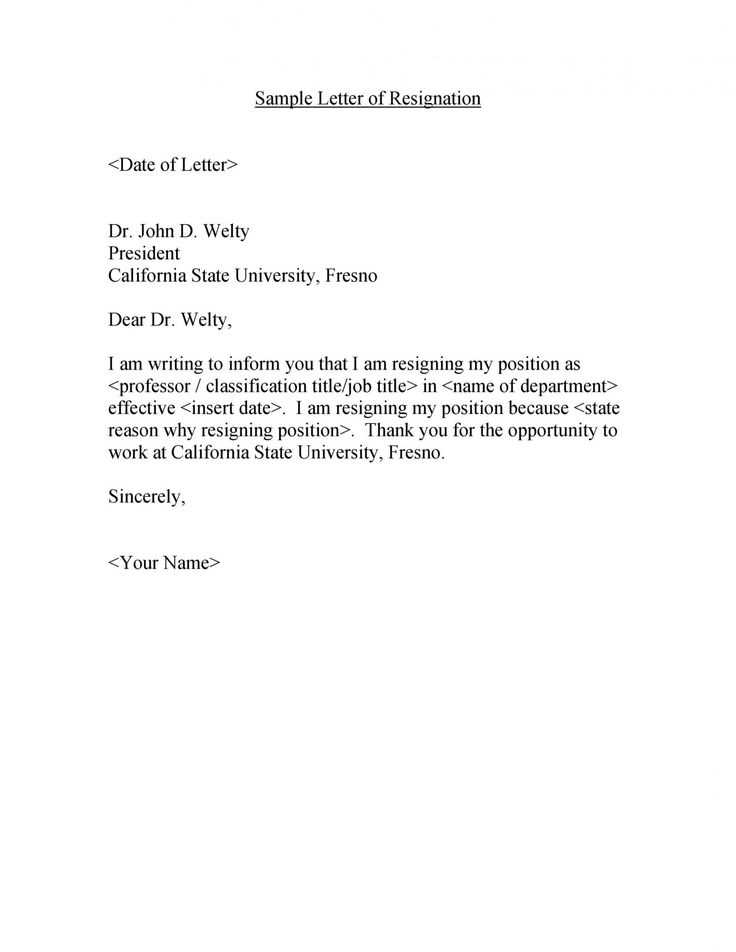
When writing a resignation letter, keep it clear, concise, and professional. Focus on expressing gratitude for the opportunity and briefly mention the reason for leaving, if desired. A simple structure helps maintain a positive relationship with your employer.
Start with a polite opening, clearly stating your intention to resign. Make sure to include your last working day, giving sufficient notice. Thank your employer for the experience and mention any key skills or positive experiences gained during your time with the company.
Avoid unnecessary details or emotions. Stay respectful and professional to ensure the letter is well-received. Close with a polite offer to assist in the transition process, leaving the door open for future interactions.
Here are the revised lines:
Adjust your tone to be polite and straightforward. Avoid using emotional language or unnecessary details.
| Before | After |
|---|---|
| I’d like to inform you that I am resigning from my position. | I am resigning from my position, effective [date]. |
| I feel that this decision is necessary for personal reasons. | My decision is based on personal circumstances. |
| I hope this doesn’t cause any inconvenience. | Thank you for your understanding. |
| I appreciate the opportunity I had working here. | Thank you for the opportunity to work with [company name]. |
- Template for a Simple Resignation Letter
A simple resignation letter should be clear and to the point. Begin with a polite statement of resignation, followed by your intended last day of work. Keep the tone professional and avoid unnecessary details.
Template:
Dear [Manager’s Name],
I am writing to formally resign from my position as [Your Job Title] at [Company Name], effective [Your Last Working Day, typically two weeks from the date of the letter].
I appreciate the opportunities I’ve had during my time with the company and thank you for your support and guidance. I will ensure a smooth transition of my responsibilities before my departure.
Thank you again for the opportunity to be part of the team. I wish you and the company continued success.
Sincerely,
[Your Name]
Keep your resignation letter polite and professional, avoiding negativity or sarcasm. A respectful tone fosters good relations and preserves your reputation. Whether you’re leaving for personal reasons or a new job opportunity, staying courteous ensures that you leave on positive terms with your employer.
Maintain Professionalism
Your letter should reflect professionalism. Address your supervisor or manager directly and express gratitude for the opportunity to work with the company. Even if your experience wasn’t perfect, focusing on the positives helps maintain goodwill.
Be Concise and Clear
Avoid over-explaining your reasons for resigning. State your departure date clearly and briefly. A concise approach demonstrates maturity and respect for your employer’s time.
| Do’s | Don’ts |
|---|---|
| Thank your employer for the opportunities. | Avoid blaming or criticizing the company. |
| State your resignation date clearly. | Do not give excessive detail about why you are leaving. |
| Express gratitude for the work experience. | Do not use humor or sarcasm. |
Begin with a clear and concise opening. State your intention to resign right away without unnecessary elaboration. Mention your current role and the organization you’re leaving.
Keep it Brief and to the Point
Avoid long explanations. Stick to the key points: your decision to resign, the date you plan to leave, and a brief expression of gratitude for the opportunity.
Format the Letter Properly
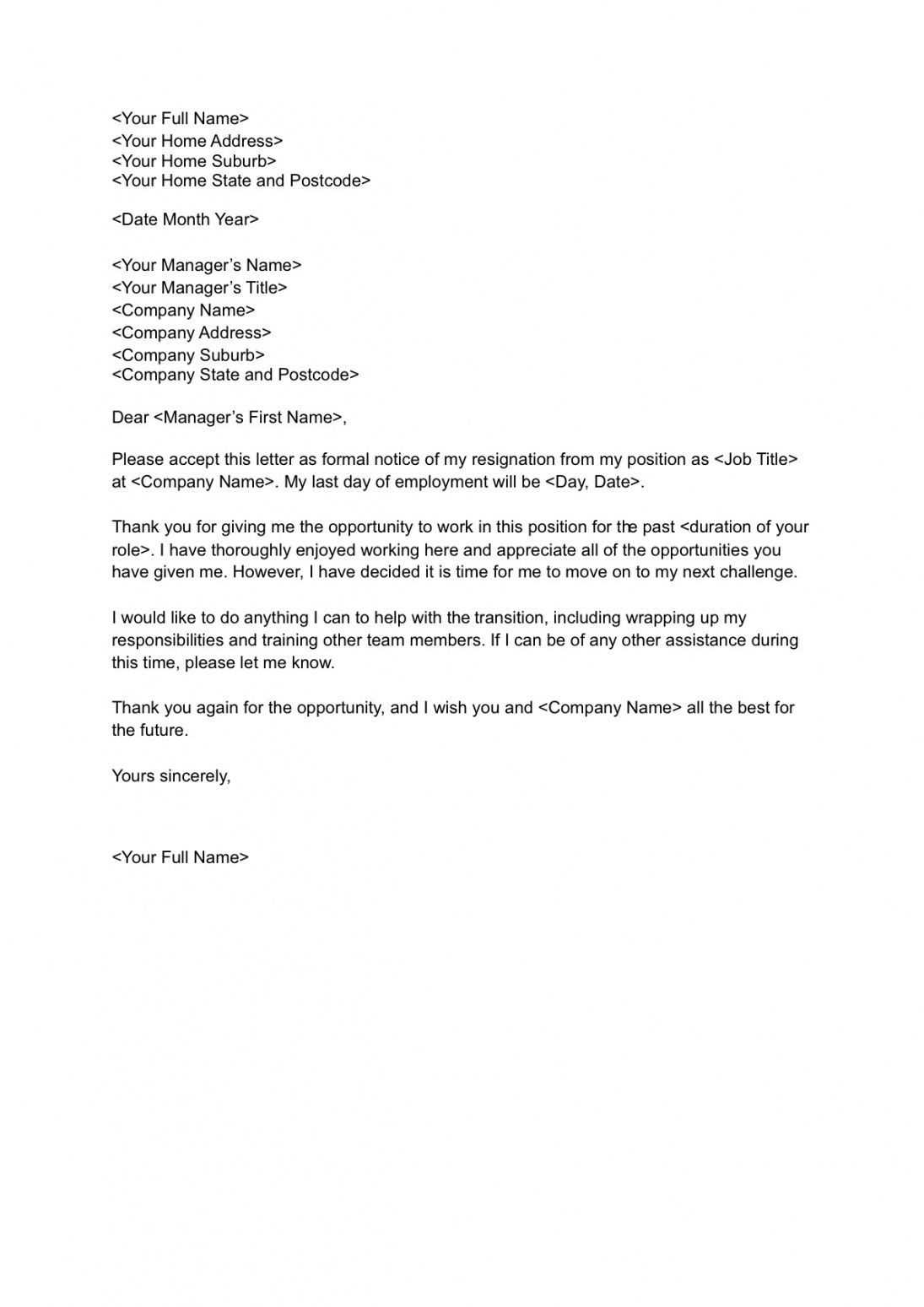
Ensure your resignation letter is formatted professionally. Use a formal tone and proper letter structure, including the following elements:
- Your contact information at the top, followed by the company’s name and address.
- Formal greeting, such as “Dear [Manager’s Name],”.
- A clear subject line, if applicable (e.g., “Resignation Notice”).
- A brief body outlining your resignation and gratitude.
- A polite closing such as “Sincerely,” followed by your full name.
This structure allows the reader to easily understand your message and the reason for the letter without confusion. Keeping everything clear will help maintain professionalism throughout the resignation process.
In the first paragraph, clearly state your intention to resign from your position. Mention your job title and the company name, providing a straightforward and polite tone. This ensures the reader immediately understands the purpose of your letter without confusion. For example, “I am writing to formally resign from my position as [Job Title] at [Company Name], effective [Last Working Day].” This opening sets the stage for the rest of your letter and leaves no room for misinterpretation.
Keep it brief and to the point
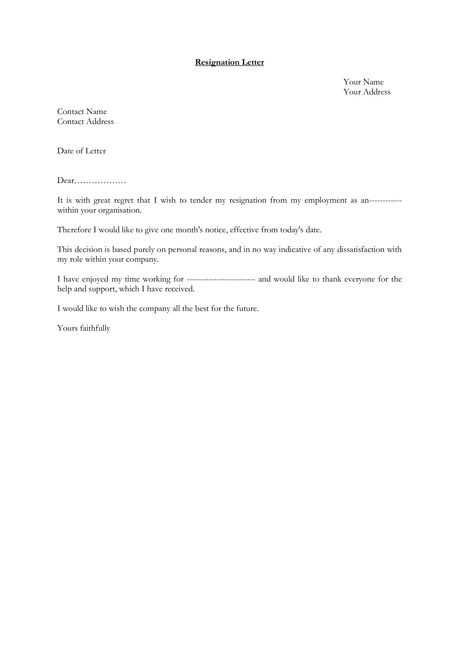
Avoid unnecessary details in the first paragraph. Focus solely on the core message: resignation. Including too much personal information or background may distract from the clarity of your message. Keep the language formal yet cordial, and save any additional comments for later sections of the letter.
State the effective date of your resignation
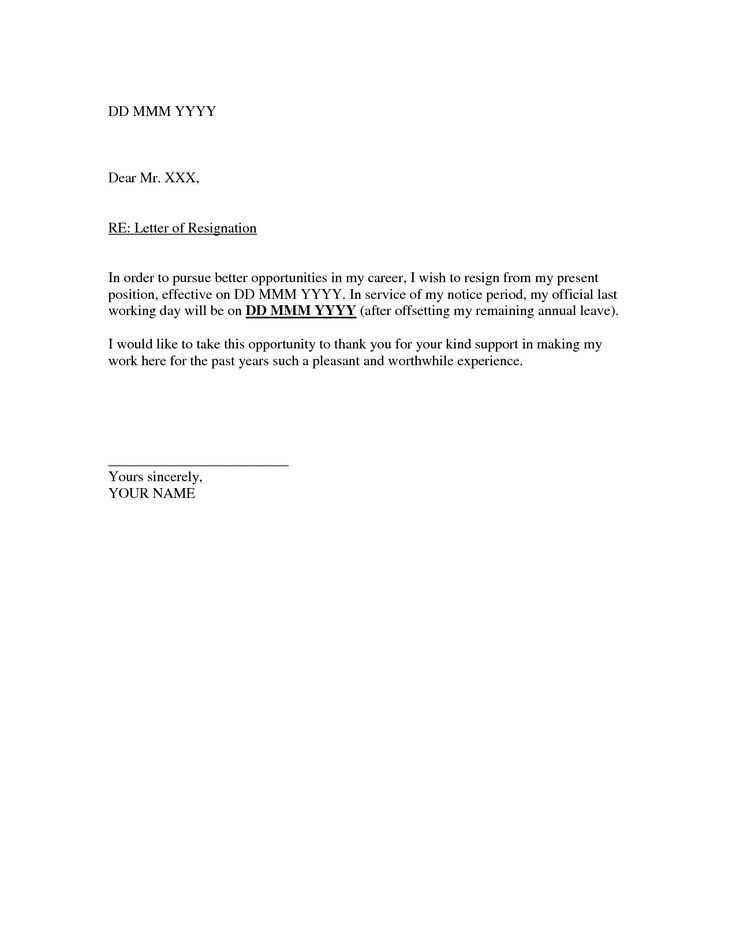
It’s important to mention the specific date of your resignation. This gives the recipient a clear understanding of when your departure will take place and helps with planning the transition. Typically, a two-week notice is common, but adjust the timeline according to your contractual obligations or company policies.
Be clear and direct when stating your final working day in your resignation letter. Mention the exact date to avoid any confusion. This helps both you and your employer plan accordingly for the transition.
- State the date clearly: “My last working day will be [date].” This avoids ambiguity.
- If applicable, provide notice: “As per my contract, I am giving [X] weeks’ notice.” This ensures you meet any required notice periods.
- Offer assistance during the transition: “I will do my best to complete all pending tasks and assist in handing over my responsibilities.” This leaves a positive impression of your professionalism.
Keep your gratitude brief and focused. Acknowledge your appreciation for the opportunity and the experiences gained, but avoid sounding overly sentimental or dramatic. Highlight specific instances that were meaningful, such as the skills developed or the relationships built, without exaggerating. For example, a simple line like “I truly value the opportunity to have worked with such a talented team” is direct and professional. Avoid lengthy paragraphs or over-the-top praise that could come across as insincere or out of place in a formal resignation letter.
Balance is key. Express gratitude in a way that feels genuine but doesn’t dominate the tone of your letter. Ensure the rest of your message stays focused on your reasons for leaving and your intentions for a smooth transition. This shows respect for your current employer while keeping the focus on moving forward with professionalism.
When resigning, avoid sharing any confidential or sensitive company details in your resignation letter. This includes proprietary information, financial data, client lists, or any other data that is meant to remain within the organization. Keeping these details out of your letter ensures you don’t violate any non-disclosure agreements or ethical boundaries.
How to Approach Confidential Information
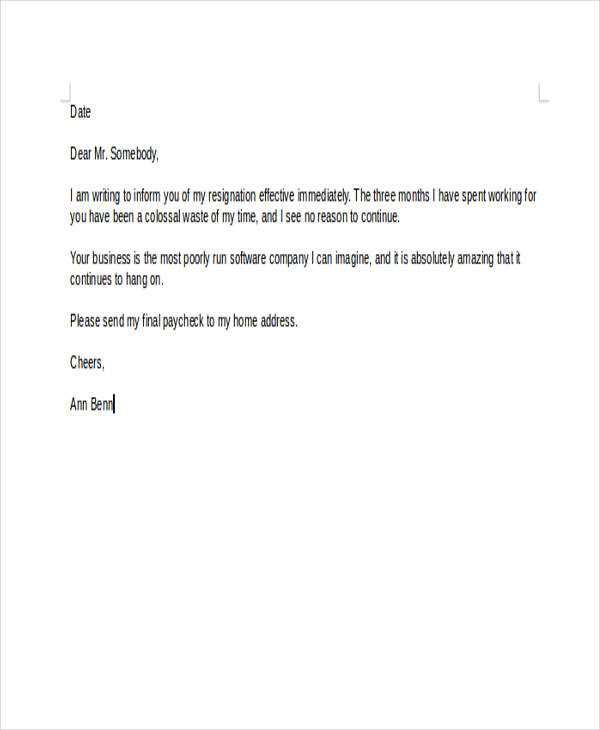
- Do not mention any specific projects or internal discussions that could be considered proprietary.
- If you feel the need to mention your work or contributions, keep it general and positive without disclosing confidential content.
- Focus on thanking the company for the opportunity and expressing gratitude for your time there.
- Leave the details of any ongoing projects to be discussed in person during the transition period.
Key Recommendations for Safe Resignation
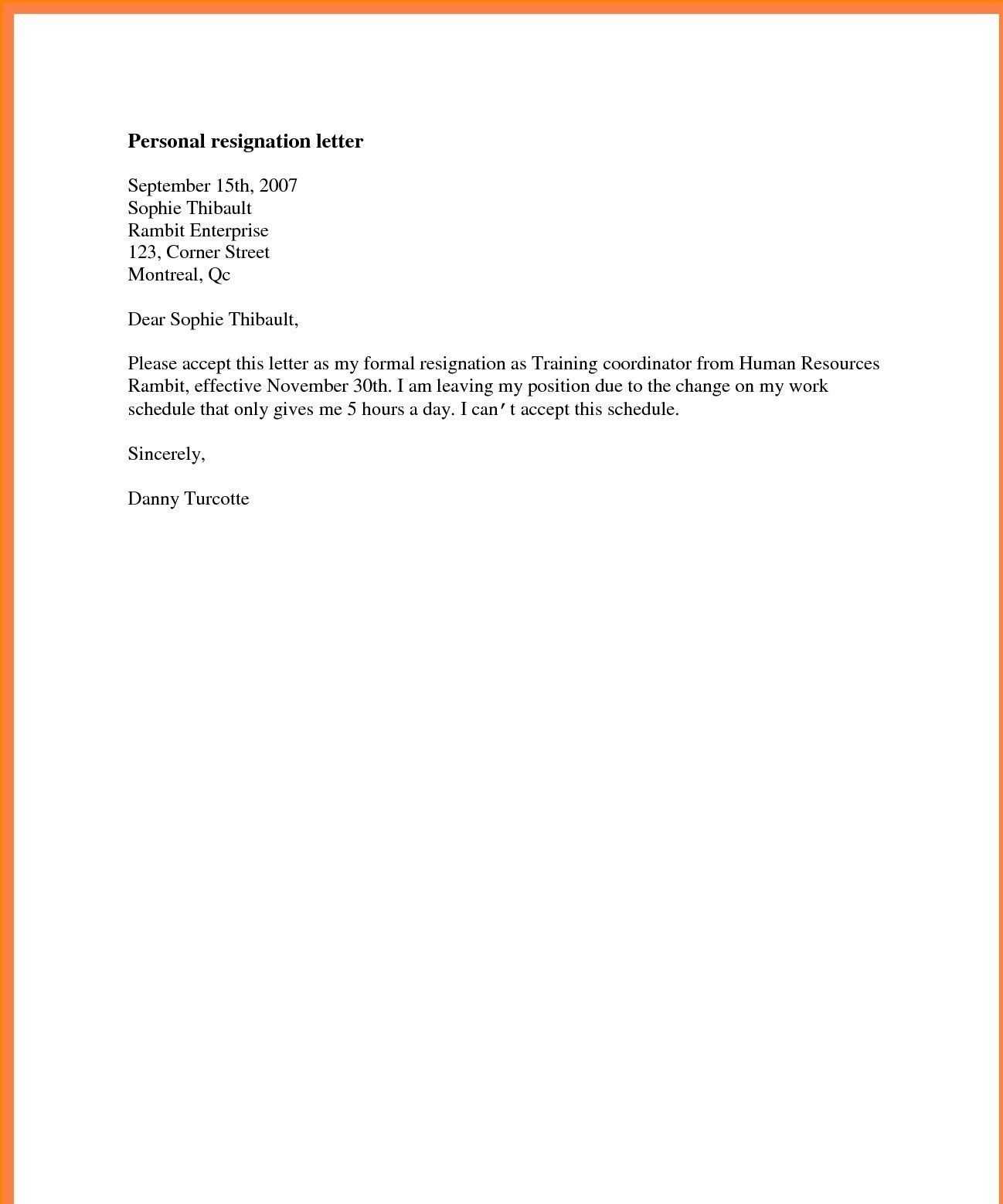
- Review your employment contract for clauses related to confidentiality to ensure compliance.
- If you have access to highly sensitive materials, consider returning them before submitting your resignation.
- Stay professional and avoid making any remarks about the company’s confidential matters in any public or written form.
When writing a resignation letter, focus on clarity and brevity. Avoid unnecessary detail and keep the tone polite but firm. Always address the letter to your immediate supervisor or the relevant person in your company. State your intention to resign clearly, mentioning your last working day. If possible, express gratitude for the opportunities you’ve had, but don’t go into excessive praise. Keep the structure simple: start with your resignation statement, followed by the effective date, and a polite closing.